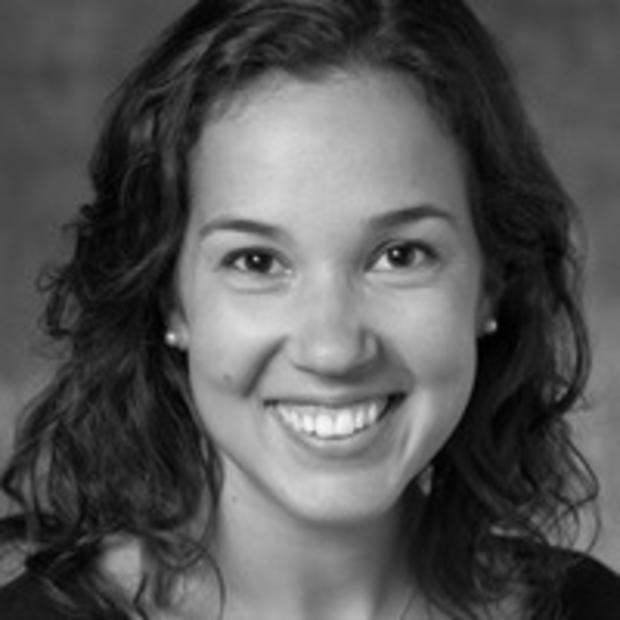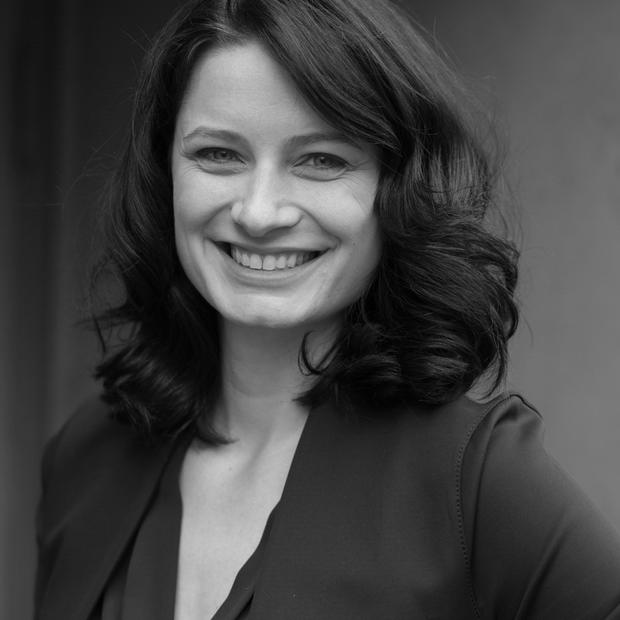Election coverage of candidates for public office shapes voter awareness, and informs our democratic decision-making. Media have the power to define our understanding of candidates, which in turn impacts how we vote. Numerous academic studies have examined the difference in coverage of male and female candidates, and concluded that media coverage of women disproportionately highlights physical appearance, family, sexual orientation, personality, and novelty in the race, while coverage of men overwhelmingly tends to highlight experience and policy positions, largely ignoring appearance, family and novelty. These differences have immense impact at the ballot.
More women are running for more offices than at any period in our region’s history. While fewer than 29% of state legislators in the U.S. are women, and Seattle can boast only two female mayors in our city’s 150 year history, the political landscape is changing rapidly. Six women are vying for the presidency, while across the Seattle/King County region, women are pursuing elected office up and down the ballot. Just this year, more than 180 women filed to run for office in King County alone.
Over the next 2½ months, through the general election in November, we will examine local coverage (including that from Crosscut) of candidates running for office in the Seattle region, with particular attention to the ways media emphasize — or ignore — a candidate’s gender. We will act as public gender editors, offering responsive critiques, corrections and occasional celebrations of the media we rely on. While our focus is on the gendered nature of coverage, we’ll also be looking for how coverage is shaped by other vectors of social identity, sometimes partnering with other subject matter experts to provide insight and analysis.
We believe that breaking down barriers to elected office is essential to a strong democracy, especially because our current leadership does not yet represent our diverse and complex community. The candidates and elected leaders breaking barriers should be recognized for the historic and important nature of their victories.
However, this should be done responsibly and intentionally, and not at the cost of other critical voter information. Consistently emphasizing the novel nature of candidates — referencing their uniqueness in a certain context, such as being “the first” or a “pioneer” because of their gender, ethnicity, religion, experience, age or background — without offering other details about them can be trivializing and reduce a candidate down to a stereotyped persona. By spending valuable column inches on sexual orientation, physical appearance or family dynamics at the expense of information about a candidate’s qualifications, policy positions and plans, media constrain what we know about each candidate.
There are, of course, instances when emphasizing a leader’s groundbreaking status is an important aspect of the story. Would local and national media be examining solutions for Seattle’s exorbitant child care costs if not for the fact that two of our city council members are expecting? With Seattle’s two at-large city council members, Lorena González and Teresa Mosqueda, both pregnant, some media have taken the opportunity to connect their lived experience directly to policy changes they hope to make, while other outlets have amplified deeply rooted prejudices our community holds against pregnant women and mothers in the workplace.
During the 2017 general election, we came together around a common interest in how local media were covering the record-breaking number of women running for office, and whether these well-studied differences of gendered coverage were true here. What we found is that, in many instances, Seattle media did indeed cover male candidates and female candidates differently. During Seattle’s 2017 general election, close to one third of articles about female candidates — in The Seattle Times, Crosscut, Seattle Weekly, and the Stranger — failed to mention the candidate’s professional or civic experience, or clarify when a candidate had no experience. Yet not a single article about a male candidate withheld mention of his experience.
In other words, media emphasized that experience was relevant for male candidates in every single article, but only in two-thirds of articles about female candidates. Similarly, in 2017 coverage, we found more than three-quarters of articles about male candidates talked about policy positions, while fewer than 60% of articles about female candidates included policy information.
By emphasizing the experience and policy positions of male candidates, media reinforce the norm that policy and experience look one way: male.
Local media influence how we think, what topics or candidates we give meaningful consideration and, ultimately, the outcomes of elections. Our hope is that during the 2019 general election cycle, local media will make it a standard practice to include candidate experience in all coverage, regardless of the candidate’s gender. We also will be attentive to how often candidates are described as novel, highlighting how unusual they are. We believe media can find a balance between noting the novelty of candidates who are breaking barriers, while still giving us access to candidates as people and providing critical information about their policy stances and experience. We hope that this column will be helpful to media consumers, voters and local media practitioners around the region.
We’ll be back with more examples from the coverage ahead, and we’d appreciate your joining the team. If you see a piece of election coverage you think belongs in the series, send it our way. We’re on Twitter at #GenderEditor and @GenderEditor, or you can email us at gendereditor@gmail.com.




